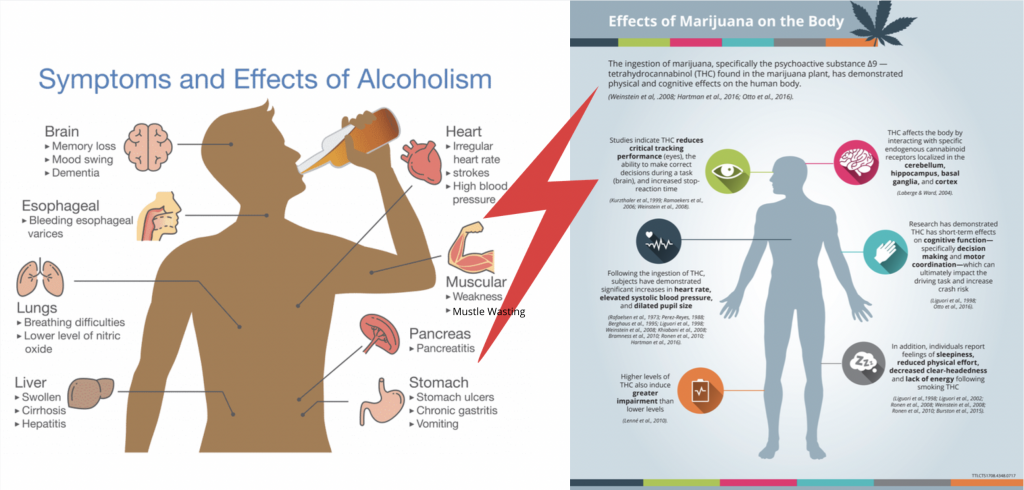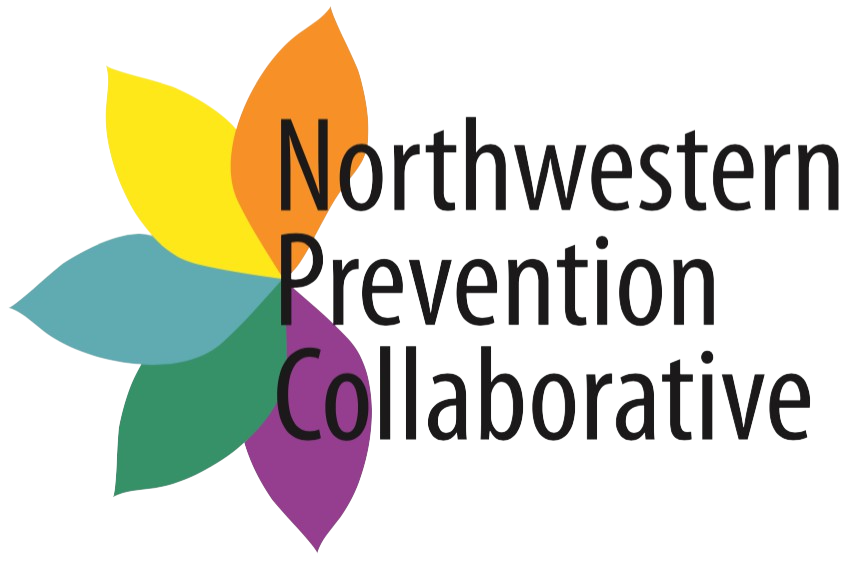Marijuana has officially became legal in Virginia this year; joining a host of other states that have already taken the plunge into placing this new law into effect. But, does legalizing it make it safe? If marijuana is used in moderation, is it more safe? What can we learn from the history of other states so far?
History is always the window to the future. In the early to mid 1900s, alcohol was officially legalized. The required age limit has varied over the years in various states and countries. But, the one thing that has not changed is the effect that alcohol has on people. This has been true from the beginning of time and still continues.
In 2018, a global study published in the Lancet Medical Journal confirmed that there is currently no safe level of alcohol consumption. Researchers do admit that moderate drinking may protect against heart disease. But, researchers have also found the risk of Cancer and other diseases tend to outweigh these protections. In fact, a study done by the Independent Scientific Committee on Drugs brought results that say “if drugs were classified on the basis of the harm they do, alcohol would be class A, alongside heroin and crack cocaine”.

So, what does this news tell us? Information is the key to making your own best decision when it comes to using alcohol, marijuana or any other stimulant or drug. This also tells us that the legalization of any drug or stimulant does not guarantee safety.
So, what’s the real deal on Marijuana? We created a list to give some general facts about marijuana and its effects. Use this short ‘at glance list’ to get you started in your research:
FACTS YOU SHOULD KNOW
- 1 in 6 marijuana users who start young will become addicted to marijuana
- There has been a recent increase of Marijuana being laced with Fentanyl during the Covid19 Pandemic as a means for sellers to make users more addicted to their marijuana. However, this does much more damage than causing addiction. Fentanyl is an opioid that is 100 times more powerful than morphine. The smallest amount (amount the size of 3 periods at the end of a sentence) can be fatal. When marijuana is laced with this drug, it increases danger for even the most casual user. It only takes one hit of fentanyl in or outside of marijuana to be fatal.
- Recreational marijuana commercialization is associated with a 67% to 77% increase in calls to poison control centers for marijuana exposures relative to pre-legalization. The increase associated with commercialization was higher among minors than adults.
- The existing science, mostly conducted on lower potency marijuana than what is being widely used today, already clearly indicates that marijuana is addictive, harmful to the developing brain, can cause significant mental and physical health issues, impairs driving ability and causes increased fatal car accidents.
- The American Automobile Association (AAA) found that 18% of drivers in Washington state tested positive for THC after a fatal crash between 2013 and 2017, compared to just 8.8% from 2008 to 2021. Additionally, 14.8 million drivers report driving within 1 hour after using marijuana in the last 30 days.
- Driving under the influence of marijuana is associated with a 110% increase in fatal crashes.
- People who used marijuana heavily in their teens and continued through adulthood saw a permanent 8-point drop in IQ.
- Studies show that teenagers who use marijuana weekly or daily have a 159% greater risk of recurrent psychotic-like experiences.
- Chronic marijuana use reduces dopamine release in the brain, causing depression, poor memory, inattention and impaired learning performance.
- A Dutch study found that students who used marijuana had worse grades than those who did not. Students who did not use marijuana were 5.4% more likely to pass a class. This effect was 3.5 times larger for courses requiring math or quantitative thinking.
– College students with high levels (17 days/month) of marijuana use were twice as likely as those with minimal use (less than 1 day/month) to have an enrollment gap while in college (e.e., drop out or not graduate on time). - A Norwegian study found that the use of marijuana is associated with a reduction in work commitment among adults.
- Marijuana is the most common substance present in suicides among adolescents aged 10-19.
– Research also shows that marijuana policy changes affect youth use and consumption rates. Past- month marijuana use among 12-17 year olds is 54.5% higher in states where marijuana is “legal” than for youth aged 12-17 in “non-legal” states.
THE BOTTOM LINE
If you’re looking to educate yourself on the effects of marijuana and its safety, remember this is only the beginning of your research. Some may want to take some time to dig deeper into each point listed above to learn even more. Others may decide to take what has been listed in this article today and make a decision from this information alone. Wherever you choose to end your research, we encourage you to consider this information along with any decision you make regarding the use of marijuana.
Legalization of this drug has brought many changes to how it’s sold on the street and inside of dispensory stores. The responsibility is on all of us to not only know what the law allows, but to also become more educated about what we choose to allow inside of our bodies. We are here to help you with more of that education. So, stay connected to our site for more information. To learn more about what the new laws are regarding marijuana in Virginia, visit www.cannabis.virginia.gov.
SOURCES:
www.cannabis.virginia.gov
www.theguardian.com/society/2010/nov/01/alcohol-more-harmful-than-heroin-crack
www.thelancet.com/lancet/about
www.bbc.com/news/health-45283401




Comments are closed.